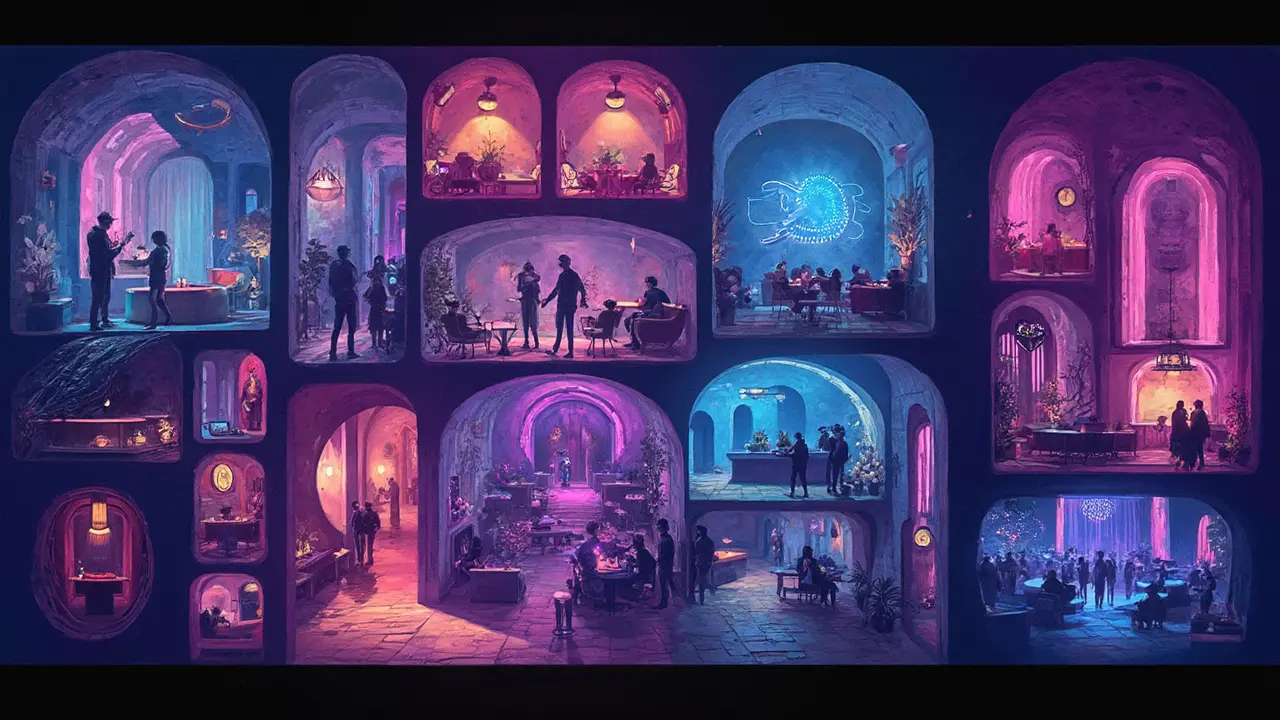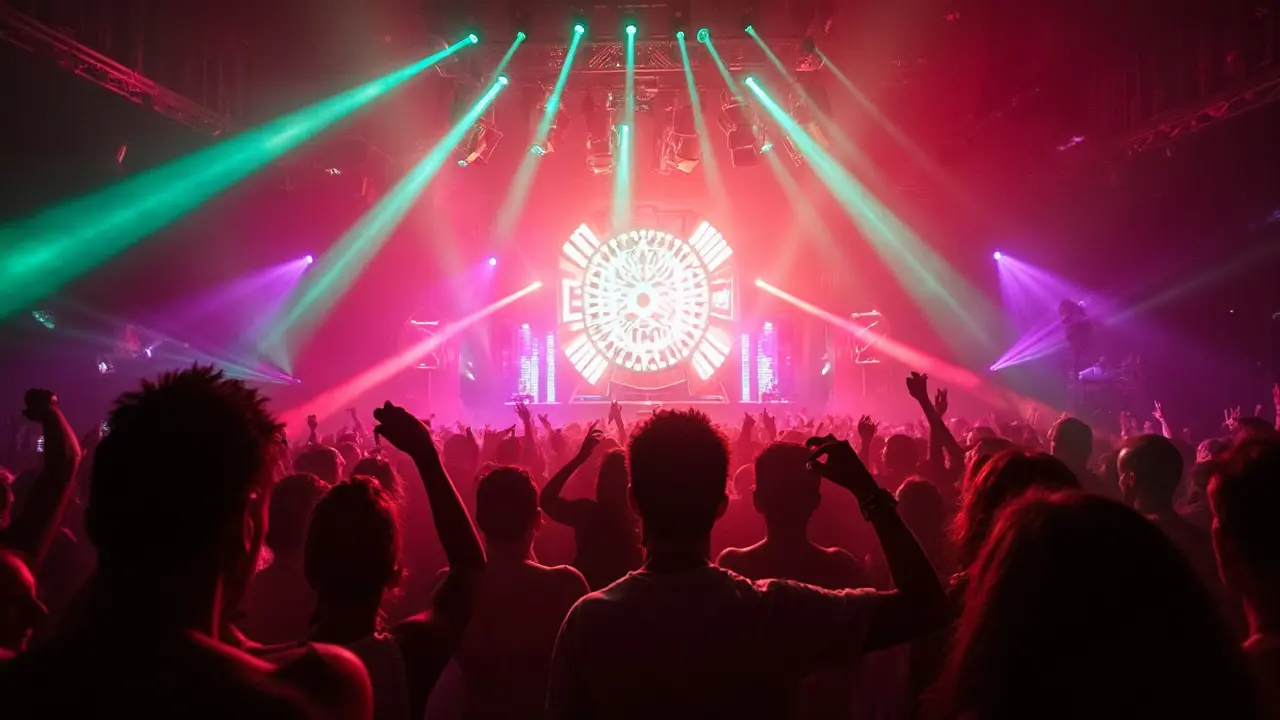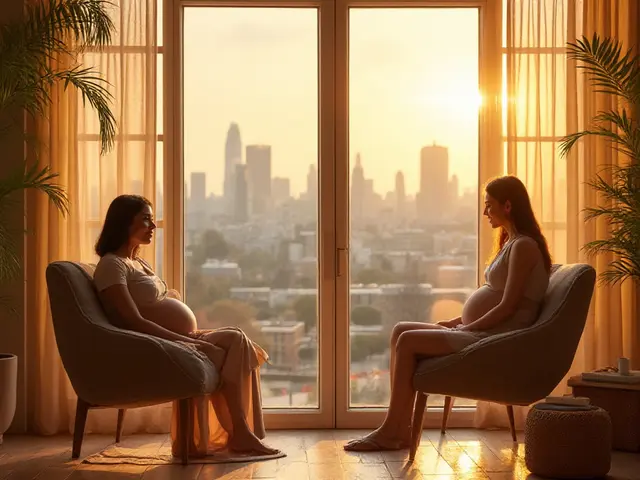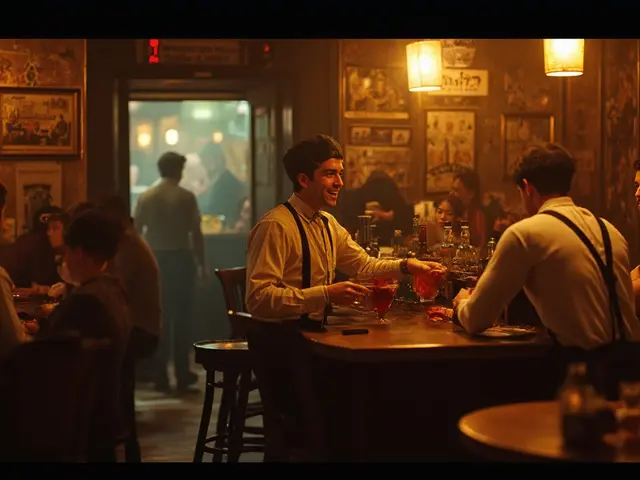Finding a true nightlife icon in London isn’t hard—but nothing really compares to the Ministry of Sound Nightclub. If you live anywhere around Southwark or Elephant & Castle, you probably know the unassuming warehouse that draws all those late-night crowds and black cabs. People travel halfway across the city, sometimes halfway across the world, just to queue up on Gaunt Street. Why? It’s not just about the music. It’s about the feeling you get when that sound system kicks in.
Unlike some VIP clubs in Mayfair where it’s all about flash, Ministry of Sound has kept its warehouse roots alive. No one cares if you roll up in trainers. The focus has always been on the dancefloor, the DJs, and the kind of energy only a proper London crowd can bring. Here, you’re as likely to meet an international student from King’s College as you are a seasoned local raver who remembers the early ‘90s hardcore tunes. People come for the tunes, but they stay (or stumble out in the early hours) for the vibe.
- How Ministry of Sound Became a London Legend
- Inside the Club: What Makes It Unique
- Music, DJs, and Unforgettable Nights
- Tips for Visiting Ministry of Sound in London
- Influence on London and Global Clubbing
How Ministry of Sound Became a London Legend
Back in 1991, Ministry of Sound opened its doors on a grey stretch of Gaunt Street, tucked away from the city’s flashier scenes. Those early days weren’t glamorous—imagine a bare-bones warehouse, no alcohol licence, and only water and energy drinks at the bar. But the founders didn’t care. They wanted to bring the New York house sound to London and make a proper space for music heads. No club in the city had ever focused on sound quality like this before, with a custom-built sound system installed when most other venues were running pub speakers at best.
Ministry’s biggest gamble was betting it all on DJs, not live acts or resident bands. They’d fly in American house legends like Larry Levan and Francois K, and suddenly, word got out that London clubbing just got serious. The iconic “Box” room is still obsessed over by audiophiles—some say the bass hits harder here than anywhere in Europe. The club’s approach forced other London venues to up their game.
It wasn’t all smooth sailing. For years, locals and city planners wanted it shut, worried about noise and crowds. But Ministry dug in, fighting off noise complaints and licensing hurdles, and became part of London’s official “night-time economy.” By the late ‘90s and early 2000s, everyone from Pete Tong to Carl Cox was spinning sets, and the club label’s compilation albums were popping up in every HMV across the city.
These days, Ministry is baked into London’s nightlife story. Whether you’re a SE1 regular or someone just moving to the city, there’s a good chance you’ve heard wild stories about the all-nighters, the sound system, or the epic NYE parties. It’s not just a club; it’s a stamp of authenticity for London’s dance music scene, and it’s shown the world how things get done here.
Inside the Club: What Makes It Unique
If you’ve never set foot in Ministry of Sound, it’s easy to overlook just how much goes on inside those big, soundproofed walls. It's laid out a bit like a maze. There’s The Box, which is the main room and the heart of it all, famous for its massive, full-body sound system. Not exaggerating – sound engineers designed these speakers from scratch to make every beat hit you hard but still clear. London’s Ministry of Sound was one of the first nightclubs in the UK to put this much thought (and cash) into acoustics. It’s no accident that global DJs love playing here.
Then there’s the 103 room, the Baby Box, and the Loft. Each has its own vibe. The Box is all about booming main sets and big anthems. 103 brings in newer acts and more experimental artists, making it the perfect spot to find your next music obsession. The Baby Box is much smaller and can feel like your private house party, while the Loft usually hosts up-and-coming DJs or special events. Sometimes you find a surprise guest DJ. The space changes around each night, depending on what’s on the lineup.
Lighting makes a serious difference here. Ministry of Sound was one of the first in London to experiment with laser shows synced to music. Whether it’s a deep house night or old-school garage, the production gives you a show worth remembering. If you want to take a breather, there’s a bar area with less noise and actual seats where you can chat without shouting. The drinks aren’t cheap, but tap water is always free by law, and nobody gives you grief for asking.
Security and safety also stand out. Bouncers here usually keep things strict but fair, and cloakrooms run pretty smooth—just don’t forget your ticket stub at 5 a.m. And a quick tip: there’s a decent cloakroom so you don’t have to lug your jacket all night. If you plan to be out for ages, it’s worth it.

Music, DJs, and Unforgettable Nights
If you ask any local about Ministry of Sound, the answer usually starts with the music. Since opening in 1991, the club’s sound system has become stuff of legend. The original room was inspired by New York’s Paradise Garage, and Ministry keeps that spirit alive with high-end speakers and a layout where the DJ is always at the centre of the action. No wasted corners—every bit of bass hits you where it counts.
Some of the world’s biggest DJs got their London break right here, including legends like Paul Oakenfold, Pete Tong, and Carl Cox. Even superstar acts like Armin van Buuren and Eric Prydz make regular appearances, mixing it up with up-and-coming talent you won’t see on just any lineup. In 2019, DJ Mag named Ministry of Sound as one of the top 20 clubs in the world, something the crew is pretty chuffed about.
The music styles shift with the night, from heavy techno marathons to classic house anthems. There’s no "right" night out—just different flavours. Typical events include:
- Friday night sessions, usually with big-name headliners and crowd-pleasers
- Saturday late-night parties, often deeper underground sounds
- Special Ministry Live shows with global radio broadcasts and surprise guests
You’ll spot familiar faces behind the decks, but also new artists booked through the club’s open call scheme. It keeps things fresh and gives London’s own talent a real chance in front of a buzzing crowd. As the BBC put it,
“Ministry of Sound is more than just a club night. It’s a rite of passage for DJs and music lovers alike.”
If you like stats, check this out. The club’s main sound system pushes up to 100 dB, and on its busiest nights, you’ll see crowds topping 1,600 across all four rooms. Here’s a quick snapshot:
| Room | Capacity | Main Genre |
|---|---|---|
| The Box (main room) | 1,000 | House, EDM |
| The 103 | 250 | Techno, Drum & Bass |
| The Baby Box | 150 | All styles—up-and-coming DJs |
| The Loft | 200 | Chill-out, deep house |
If you’re aiming to experience Ministry of Sound at its best, book in for a night when the Box is open and don’t just stick to the main floor—explore the hidden corners, because each room has its own story and crowd. Don’t forget your earplugs—the sound is full-on, like nowhere else in London.
Tips for Visiting Ministry of Sound in London
If you’ve never tackled a night out at the Ministry of Sound, a bit of planning makes all the difference. This isn’t your average London pub crawl—you’re entering a club that’s been setting the standard for house and dance music since 1991. Let’s get practical so you walk in ready, not clueless.
- Tickets: Don’t roll the dice hoping for entry at the door. Most nights, tickets go way quicker than you’d expect, especially on big-name DJ lineups. Buy your tickets online (either from the official club website or trusted sites like Resident Advisor), and double-check your e-ticket before you set out.
- ID: No ID, no club. Ministry’s policy is strict—they check everyone’s ID at the door, even if silver hairs are showing. You need a valid photo ID (passport, UK driving licence, or any valid government-issued ID).
- Dress code: There’s no need for fancy get-up. Trainers, jeans, tees—it’s a relaxed vibe, much more about feeling at home than trying to impress. Just don’t show up looking like you came from a stag do (wacky costumes are out), and leave the tracksuits at home.
- Transport: Night Tube on Northern line means you can get home without crazy Uber fares, but if you’re out till sunrise, check first and plan ahead—Elephant & Castle tube is two minutes’ walk away. Nightrider buses also serve the area, and there’s always a taxi rank down the street.
- Drinks and cash: Bars are card-only. Leave your cash at home. Expect pints to run £6–7 and spirits a bit higher, pretty typical for central London clubs. They serve Red Bull by the can, which honestly can save your night after a 3am slump.
- Peak times: Head in early if you hate waiting—queues can stretch round the block after 11pm, especially Saturday nights or big events. Doors usually open at 10:30pm, but the dancefloor doesn’t fill until midnight. Early entry means cheaper drinks and a shot at the best spot by the DJ booth.
Ministry of Sound is famous for its sound system—Bass and crisp highs you’ll feel in your bones. Earplugs aren’t a bad idea, especially if you're planning on staying in the main room all night. There’s a cloakroom, but it fills up fast and costs about £3 per item, so pack light.
| Essential Info | Details |
|---|---|
| Location | 103 Gaunt Street, London, SE1 6DP |
| Nearest Tube | Elephant & Castle (Northern/Bakerloo) |
| Opening Hours | Usually 10:30pm – 6am (check for changes) |
| Min. Age | 18+ (ID required) |
| Typical Bar Prices | £6–8 per drink |
| Cloakroom | £3 per item |
If it’s your first time, don’t stick to just one room—Ministry’s layout has four distinct music spaces, from the main “Box” to more intimate bars. The outdoor courtyard is a lifesaver if you want to cool off. Finally, don’t forget: London crowds are friendly, but people value their space on the dancefloor. Respect the vibe, be kind to the staff, and you’ll soon see why locals keep coming back.

Influence on London and Global Clubbing
You can’t talk about Ministry of Sound without mentioning how much it changed the whole clubbing scene, not just in London but all over the world. Back in 1991, when most UK clubs were still stuck with basic speakers and questionable lighting, Ministry showed up with a sound system built to shake the floors. They brought in tech from New York’s Paradise Garage and set a new standard. That move made promoters and club owners everywhere step up their game.
Here in London, Ministry set the tone for everything that followed. Look at the clubbing scene in Shoreditch or Dalston now. You’ll find respect for those roots: marathon DJ sets, all-night dancing, production quality that actually delivers. Fabric, Egg, and even entries like Printworks owe a lot to Ministry’s approach: focus on sound, give the crowd what they came for, and don’t get obsessed with VIP booths.
Ministry’s reach goes well beyond SE1. Their brand is everywhere—from Ibiza to Singapore—and so are their compilation albums, which started in 1995. For years, picking up the “Annual” CD at your local HMV in Oxford Street was basically a rite of passage if you cared about dance music. Their label helped launch big names—think Example, Armand Van Helden, or London’s own DJ Fresh.
There’s also the business side. Ministry of Sound became one of the world’s best-selling independent record labels. Check out these stats:
| Year | Albums Sold Globally | No. of International Club Events |
|---|---|---|
| 1999 | 2.5 million | 30+ |
| 2005 | 7 million | 75+ |
| 2015 | Platinum status across 40+ countries | 140+ |
One thing that stands out: they never forgot about London. The Ministry played a big part in reopening nightclub culture when the city was pushing back with stricter licensing and earlier closings. Hosting all-nighters, championing UK dance music, and giving new talent a shot—these moves kept London on the map while other cities faded out.
If you’re out and about in London today, the influence is everywhere. From basement raves in Peckham to festivals like South West Four, you’ll spot Ministry’s signature: big sound, serious line-ups, and a no-nonsense attitude about why people go out clubbing in the first place.





